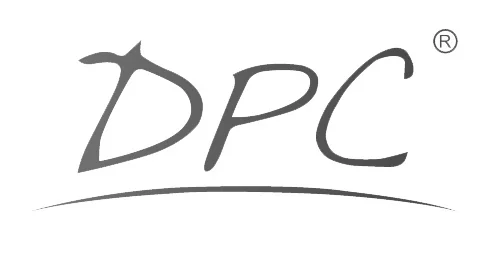Tartaric Acid
Effervescent acid. Widely distributed in nature in many fruits but usually obtained as a by-product of winemaking. Consists of colorless or translucent crystals or a white, fine-to-granular, crystalline powder that is odorless and has an acid taste.
Tetrasodium Edta
Sodium Edetate. Powdered sodium salt that reacts with metals. A sesquestering ingredient and chelating ingredient used in cosmetic solutions. Can deplete the body of calcium if taken internally. No known toxicity on the skin.
Thymus Vulgaris
The extract of animal thymus gland, an organ in the chest that helps to activate the body’s defenses against infections. Used in skin creams.
Titanium Dioxide
The greatest covering and tinting power of any white pigment used in cosmetics. Occurs naturally in three different crystal forms. Used chiefly as a white pigment and as an opacifier. No known toxicity when used externally.
Triethanolomine
A coating ingredient for fresh fruit and vegetables and widely used in surfactants and as a dispersing ingredient and detergent in cosmetics. On the basis of available information, the CIR Expert Panel concludes that it is safe as presently used in cosmetic formulation but in products intended for prolonged contact with the skin, the concentration should not exceed 5 percent and be used in only “rinse-off” products. Should not be used with nitrosating agents.
Triticum Vulgare
The broken coat of Triticum aestivum. The golden germ of the wheat is high in Vitamin E. It is used by organic cosmeticians to make a face mask to counteract dry skin. On the basis of available information, the CIR Expert Panel concludes that it is safe as presently used in cosmetic formulations.
